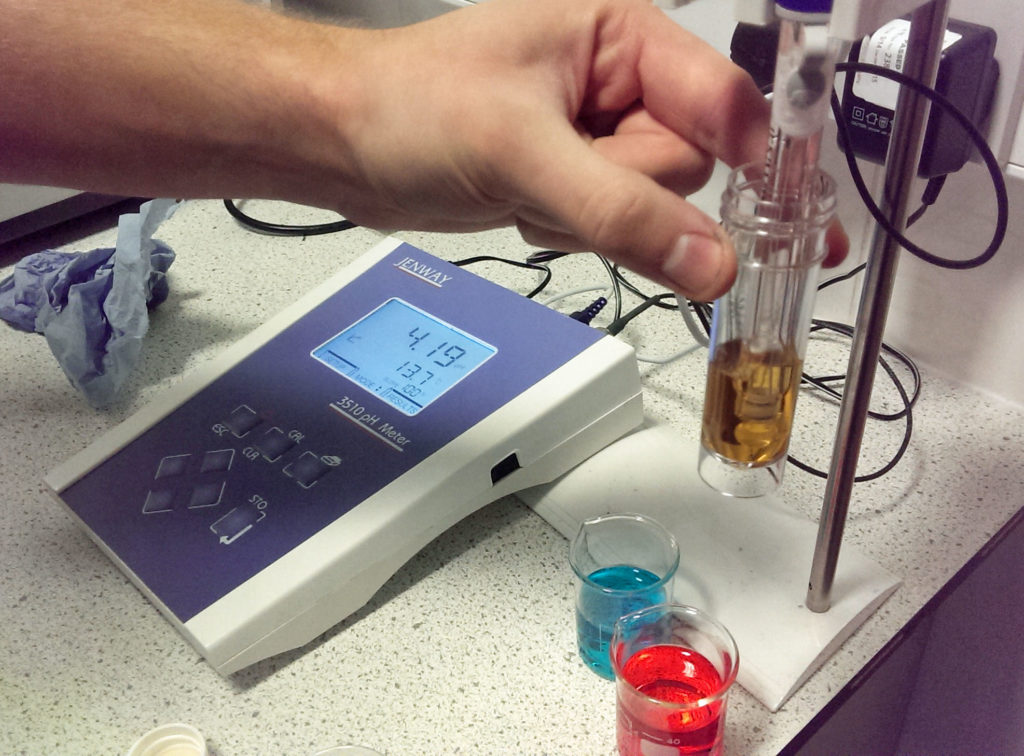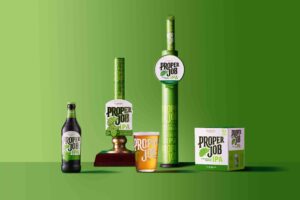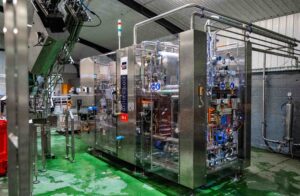Quality is an unusual term. Ostensibly an adjective we use it regularly to indicate an enhanced value to products. “Quality foods” “Quality holidays” when in fact we should be saying “Good quality food” “Superior quality dining” to avoid possible confusion with lower quality products which, of course we would not proclaim.
This clearly applies to beers. A simple survey of 50 beers advertised online indicates 38% qualified their “Quality” acclaim while 62% left you to assume the best.
This is a little better than the same survey of restaurants which indicated that 70% would serve you with some sort of quality but not necessarily the one you might expect.
Using the term quality has a clear marketing benefit. A quality ale attracts more attention and greater sales than an ordinary description. Qualifying quality with evidence is another matter. However, to do this we should surely have some grounds for judgement.
Is our high quality due to quality ingredients, quality production or some other measure – balance of flavour perhaps or a historic recipe? What makes it distinct or outstanding? What makes it purchasable?
Acute judgement
As brewers it befalls our position to provide marketing departments, label designers and particularly our customers with this evidence.
In turn we use analyses to provide the evidence and figures. Much of these analyses are based on our own acute judgment through tastings – ourselves and ideally impartial others – whilst also relying on laboratory assessments.
All can collate together to provide an impression which has additional use than a simple beer descriptor. For the brewer they also provide the history of the brew and a reference for future comparisons.
Two relevant and commonly used but distinct terms are Quality Assurance and Quality Control. Both are involved in amassing the data about our production and are typically involved in any serious system to maintain and support sales.
A further term relevant to quality is consistency, although there is debate as to whether this is as critical as we might imagine. Quality wines for example not only depend on consistency to demonstrate their generic character but also create vintage differences to elevate prices from year to year. Its quality with a tang of superiority.









